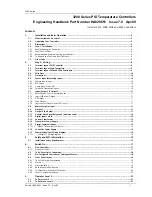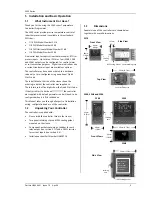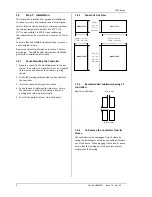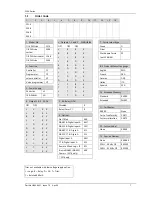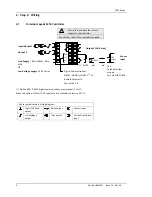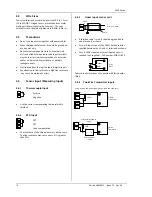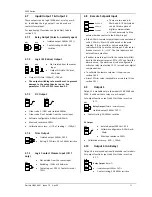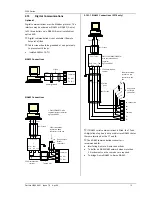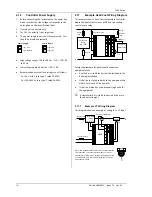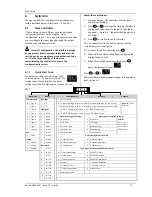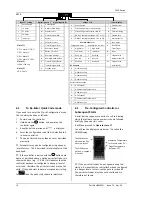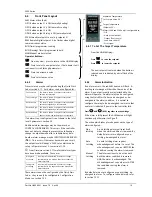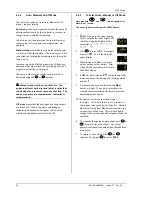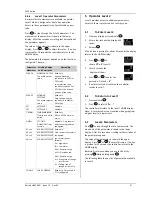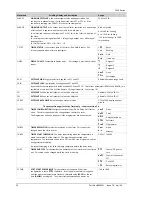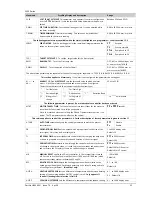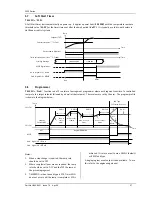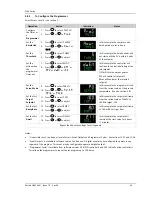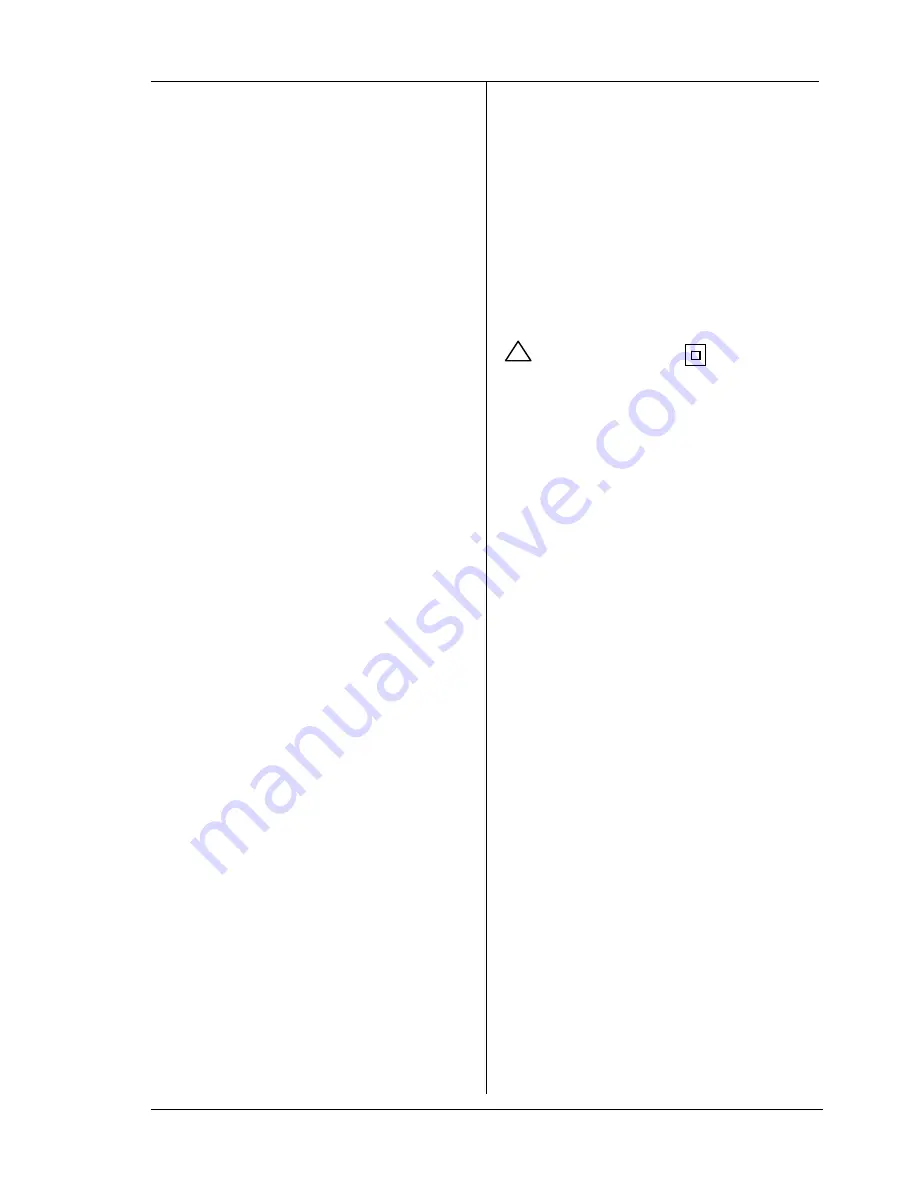
3200 Series
Part No HA028651 Issue 7.0 Apr-09 15
3.
Safety and EMC Information
This controller is intended for industrial temperature and
process control applications when it will meet the
requirements of the European Directives on Safety and
EMC. Use in other applications, or failure to observe the
installation instructions of this handbook may impair
safety or EMC. The installer must ensure the safety and
EMC of any particular installation.
Safety
This controller complies with the European Low Voltage
Directive 73/23/EEC, by the application of the safety
standard EN 61010.
Electromagnetic compatibility
This controller conforms with the essential protection
requirements of the EMC Directive 89/336/EEC, by the
application of a Technical Construction File. This
instrument satisfies the general requirements of the
industrial environment defined in EN 61326. For more
information on product compliance refer to the
Technical Construction File.
GENERAL
The information contained in this manual is subject to
change without notice. While every effort has been
made to ensure the accuracy of the information, your
supplier shall not be held liable for errors contained
herein.
Unpacking and storage
The packaging should contain an instrument mounted in
its sleeve, two mounting brackets for panel installation
and an Installation & Operating guide. Certain ranges are
supplied with an input adapter.
If on receipt, the packaging or the instrument are
damaged, do not install the product but contact your
supplier. If the instrument is to be stored before use,
protect from humidity and dust in an ambient
temperature range of -30
o
C to +75
o
C.
SERVICE AND REPAIR
This controller has no user serviceable parts. Contact
your supplier for repair.
Caution:
Charged capacitors
Before removing an instrument from its sleeve,
disconnect the supply and wait at least two minutes to
allow capacitors to discharge. It may be convenient to
partially withdraw the instrument from the sleeve, then
pause before completing the removal. In any case, avoid
touching the exposed electronics of an instrument when
withdrawing it from the sleeve.
Failure to observe these precautions may cause damage
to components of the instrument or some discomfort to
the user.
Electrostatic discharge precautions
When the controller is removed from its sleeve, some of
the exposed electronic components are vulnerable to
damage by electrostatic discharge from someone
handling the controller. To avoid this, before handling
the unplugged controller discharge yourself to ground.
Cleaning
Do not use water or water based products to clean labels
or they will become illegible. Isopropyl alcohol may be
used to clean labels. A mild soap solution may be used
to clean other exterior surfaces of the product.
3.1
Installation Safety Requirements
Safety Symbols
Various symbols may be used on the controller. They
have the following meaning:
☺
Helpful hints
Personnel
Installation must only be carried out by suitably qualified
personnel in accordance with the instructions in this
handbook.
Enclosure of Live Parts
To prevent hands or metal tools touching parts that may
be electrically live, the controller must be enclosed in an
enclosure.
Caution:
Live sensors
The controller is designed to operate if the temperature
sensor is connected directly to an electrical heating
element. However you must ensure that service
personnel do not touch connections to these inputs
while they are live. With a live sensor, all cables,
connectors and switches for connecting the sensor must
be mains rated.
Wiring
It is important to connect the controller in accordance
with the wiring data given in this guide. Take particular
care not to connect AC supplies to the low voltage
sensor input or other low level inputs and outputs. Only
use copper conductors for connections (except
thermocouple inputs) and ensure that the wiring of
installations comply with all local wiring regulations. For
example in the UK use the latest version of the IEE wiring
regulations, (BS7671). In the USA use NEC Class 1 wiring
methods.
Power Isolation
The installation must include a power isolating switch or
circuit breaker. This device should be in close proximity to
the controller, within easy reach of the operator and marked
as the disconnecting device for the instrument
.
Overcurrent protection
The power supply to the system should be fused
appropriately to protect the cabling to the units.
!
Caution, (refer to
accompanying documents)
Equipment protected
throughout by DOUBLE
INSULATION

